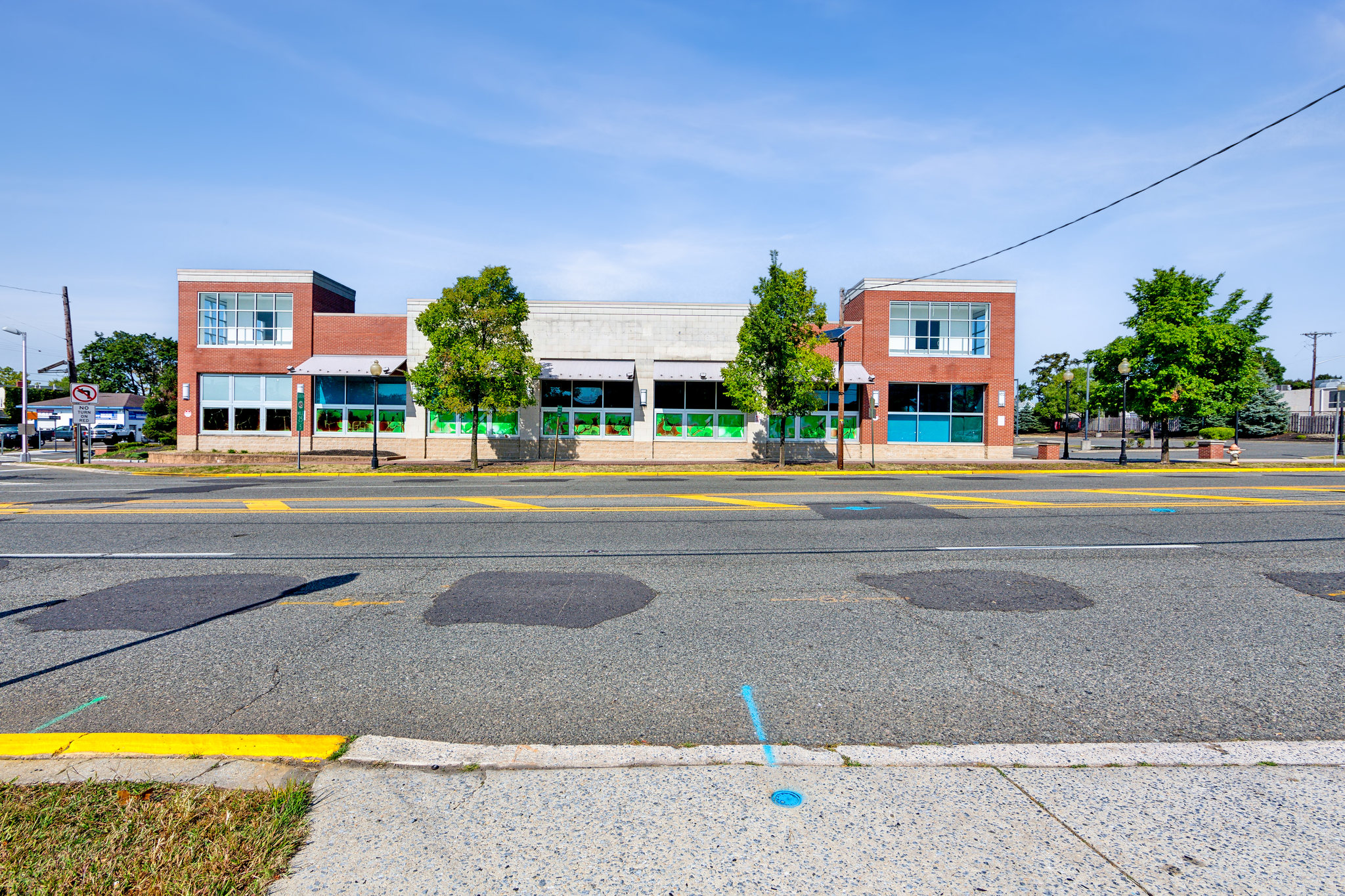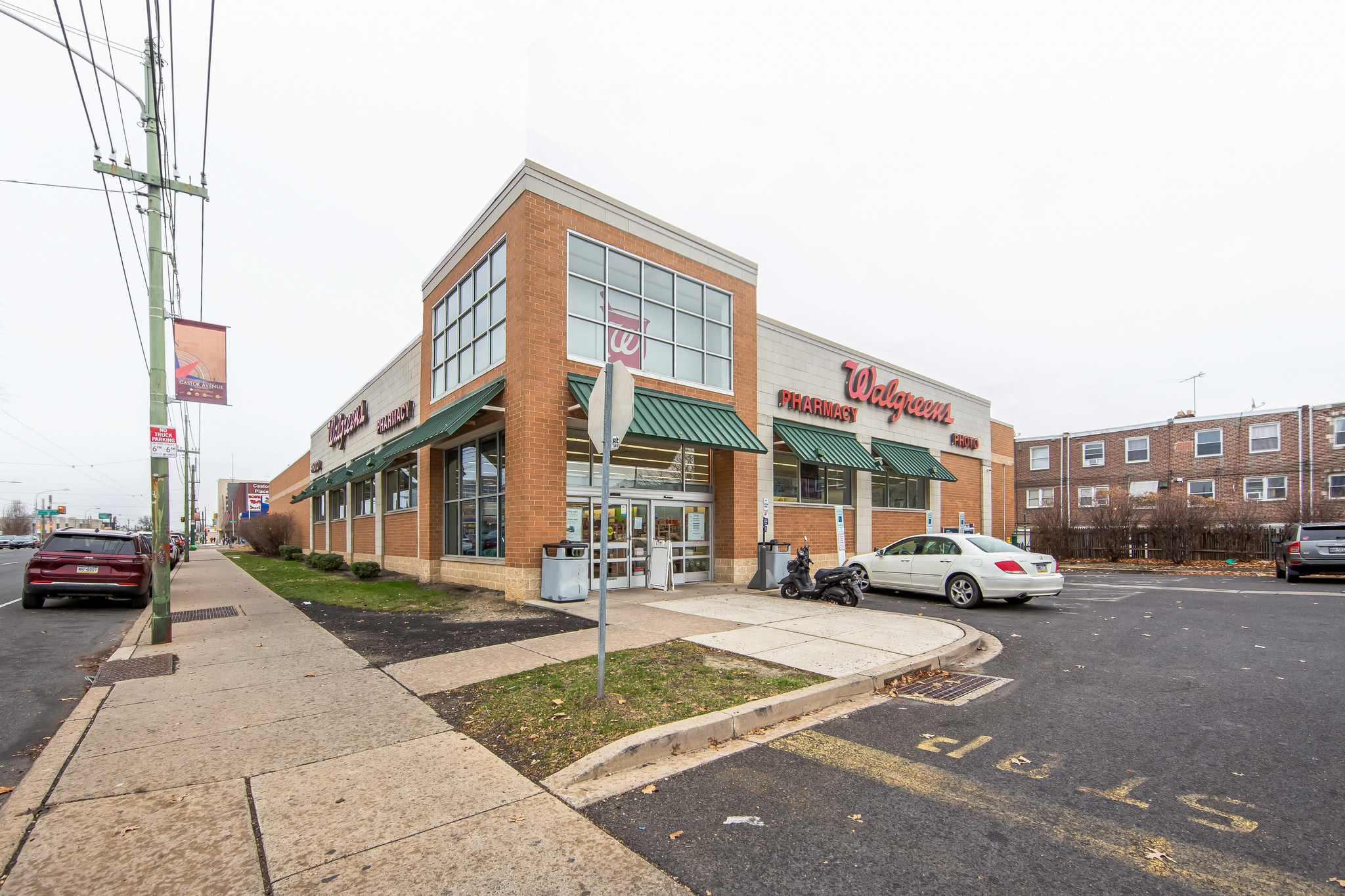By Brian McGowan
Staten Island is New York City’s smallest borough and often the focus of urban jokes. Due to its history as a farm community and vacation hot spot for New York City’s super wealthy, residents were presumed “unsophisticated”, “clannish” and “insulated” from the culture and diversity of the greater metropolis.
Anyone who still holds that opinion of Staten Island hasn’t taken a look lately.
Staten Island is home to nearly 500,000 people, 53% of which over the age of 24 have a college education. Staten Island boasts one of the highest median family incomes in New York City at $117,068 and we generate $1.2 billion dollars annually in unmet retail demand.
With respect to diversity, Staten Island’s population has changed rapidly through the years. Staten Island’s first inhabitants were the Lenape Indians. Remnants of their influence can be seen throughout Staten Island from the northwest shore line at Heritage Park to their burial ground at Conference House Park. The Native American population was so well known throughout Staten Island that in the 1900’s President Taft gathered all the Chiefs from around the nation to Fort Wadsworth to break ground for an American Indian Monument that was to overlook the New York Harbor. (Click to see video) The monument was a result of an Act of Congress but soon after the groundbreaking WWI began and the monument was put on hold. Today the National Parks Service who controls the property where the monument was meant to be erected, has determined that they will not allow the monument to be built.
The first New York Governor’s loyal to the English crown had their homes in Staten Island. Staten Island was also home to many African Americans and was a stop on the Underground Railroad. The Dutch, Norwegians, Irish, Polish and Italians also established strongholds in New York City’s smallest borough.
Today Staten Island is a homogenous mix of cultures with the fastest growing cultures being Hispanic and Asian.
While many of Staten Island’s Hispanic population is settled on the north shore in areas such as Port Richmond, Mariners Harbor, New Brighton, Stapleton and Tompkinsville, the influx of Asian population is settled further inland in Eltingville, Annadale and Arden Heights.
The celebration of Asian culture can be seen throughout Staten Island – the most notable examples being the Tibetan Museum and the Chinese Scholars Garden.
The Jacques Marchais Museum of Tibetan Art is located high atop Lighthouse Hill. The location is serene making it an excellent backdrop for the amazing art contained within and throughout the grounds.
The museum was established in 1945 by one of Staten Island’s many forward thinking women, Jacques Marchais who was a respected expert in Tibetan Art. The museum is a campus of rustic buildings fashioned in the Himalayan style of architecture and is the first cultural center worldwide to be devoted solely to the celebration of Tibetan Art.
More recently opened is The New York Chinese Scholars Garden in Snug Harbor. Dedicated in 1999 the New York Chinese Scholar’s Garden an amazingly unique collection of eight pavilions designed to increase the visitor’s understanding about life in ancient China. The campus features waterfalls, a Koi-filled pond, a bamboo forest path and rock crops that resemble the mountains of China which have inspired the art of Buddhist, Taoist and Confucian monks and scholars. Included is a 15-foot Ghongshi scholar’s 15 foot rock formation strategically placed in the central courtyard.
These are just two examples of the many institutions celebrating Staten Island’s cultural diversity, debunking the urban myth that Staten Island is insulated. I urge anyone wishing to know more to explore our island and all it has to offer.







Leave a Comment